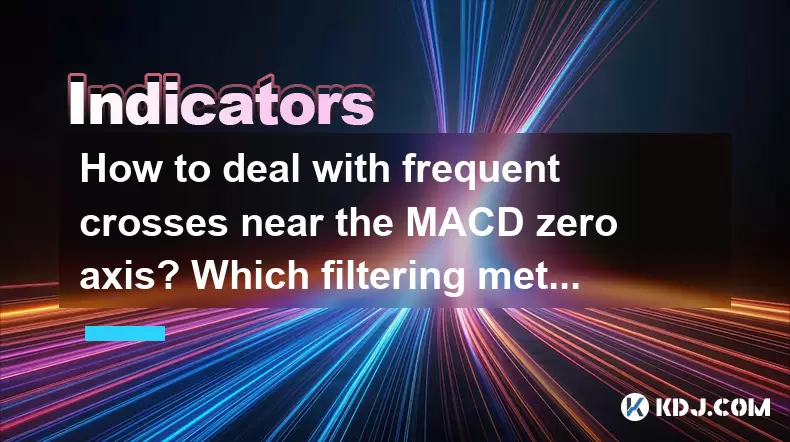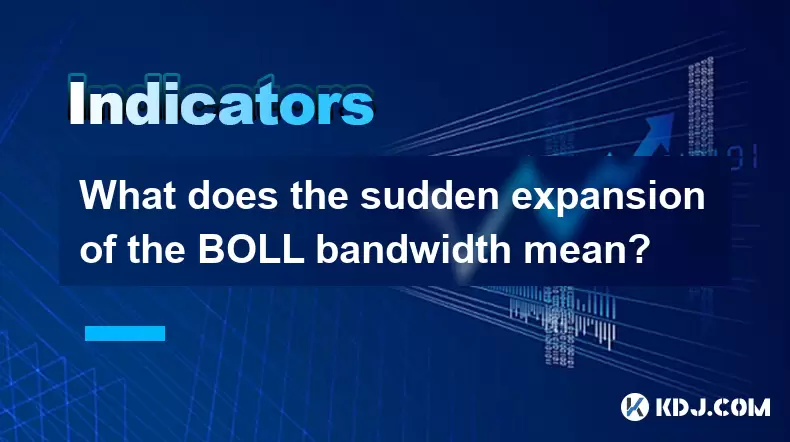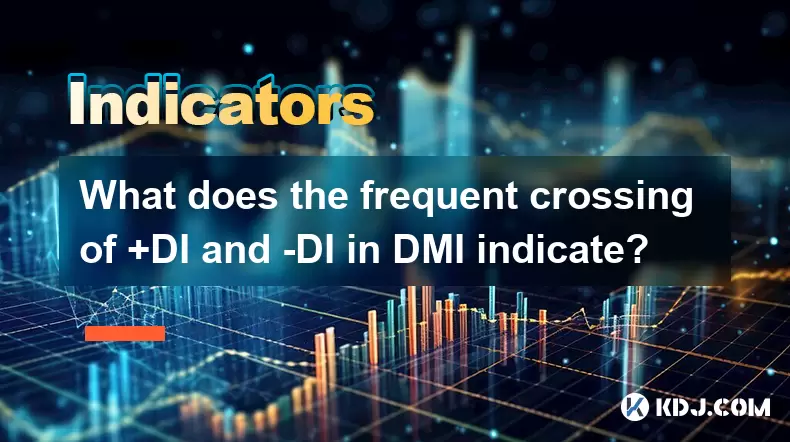-
 Bitcoin
Bitcoin $106,754.6083
1.33% -
 Ethereum
Ethereum $2,625.8249
3.80% -
 Tether USDt
Tether USDt $1.0001
-0.03% -
 XRP
XRP $2.1891
1.67% -
 BNB
BNB $654.5220
0.66% -
 Solana
Solana $156.9428
7.28% -
 USDC
USDC $0.9998
0.00% -
 Dogecoin
Dogecoin $0.1780
1.14% -
 TRON
TRON $0.2706
-0.16% -
 Cardano
Cardano $0.6470
2.77% -
 Hyperliquid
Hyperliquid $44.6467
10.24% -
 Sui
Sui $3.1128
3.86% -
 Bitcoin Cash
Bitcoin Cash $455.7646
3.00% -
 Chainlink
Chainlink $13.6858
4.08% -
 UNUS SED LEO
UNUS SED LEO $9.2682
0.21% -
 Avalanche
Avalanche $19.7433
3.79% -
 Stellar
Stellar $0.2616
1.64% -
 Toncoin
Toncoin $3.0222
2.19% -
 Shiba Inu
Shiba Inu $0.0...01220
1.49% -
 Hedera
Hedera $0.1580
2.75% -
 Litecoin
Litecoin $87.4964
2.29% -
 Polkadot
Polkadot $3.8958
3.05% -
 Ethena USDe
Ethena USDe $1.0000
-0.04% -
 Monero
Monero $317.2263
0.26% -
 Bitget Token
Bitget Token $4.5985
1.68% -
 Dai
Dai $0.9999
0.00% -
 Pepe
Pepe $0.0...01140
2.44% -
 Uniswap
Uniswap $7.6065
5.29% -
 Pi
Pi $0.6042
-2.00% -
 Aave
Aave $289.6343
6.02%
How to deal with frequent crosses near the MACD zero axis? Which filtering method is most effective in volatile markets?
Frequent MACD crosses near the zero axis can lead to false signals in volatile crypto markets; using wider timeframes and other indicators can help filter noise.
May 28, 2025 at 06:29 pm

When trading cryptocurrencies, the Moving Average Convergence Divergence (MACD) indicator is a popular tool used to identify potential buy and sell signals. Frequent crosses near the MACD zero axis can be particularly challenging, as they may lead to false signals in volatile markets. This article will explore how to deal with these frequent crosses and discuss the most effective filtering methods to enhance your trading strategy in volatile markets.
Understanding MACD Crosses Near the Zero Axis
The MACD indicator consists of two lines: the MACD line and the signal line. A cross of these lines above or below the zero axis can indicate potential trend changes. Frequent crosses near the zero axis often occur in volatile markets, where the price of cryptocurrencies can fluctuate rapidly. These crosses can generate numerous signals, many of which might be false, leading to potential losses if not managed properly.
To better understand this phenomenon, consider that the MACD line is calculated as the difference between two moving averages, typically the 12-day and 26-day exponential moving averages (EMAs). The signal line is a 9-day EMA of the MACD line. When the MACD line crosses above the signal line, it's considered a bullish signal, and when it crosses below, it's considered bearish. Near the zero axis, these crosses can be misleading due to the rapid changes in market sentiment.
Dealing with Frequent MACD Crosses
To effectively deal with frequent MACD crosses near the zero axis, traders need to implement strategies that filter out noise and focus on more reliable signals. Here are some approaches:
Use a wider timeframe: Instead of using shorter timeframes like 1-hour or 4-hour charts, consider using daily or weekly charts. This can help reduce the number of false signals and provide a clearer picture of the overall trend.
Combine with other indicators: Using the MACD in conjunction with other indicators, such as the Relative Strength Index (RSI) or Bollinger Bands, can help confirm signals and reduce the impact of false crosses. For example, if the MACD crosses the zero axis and the RSI is overbought or oversold, it can provide a more reliable signal.
Apply a threshold: Set a threshold for the MACD line before considering a cross valid. For instance, only consider a bullish signal if the MACD line crosses above the signal line and stays above zero for a certain period, such as three consecutive candles.
Filtering Methods in Volatile Markets
In volatile markets, filtering methods become crucial to distinguish between meaningful signals and market noise. Here are some effective filtering methods:
Moving Average Filter: Apply a moving average to the MACD line itself. This can smooth out the MACD line and reduce the impact of short-term fluctuations. For example, using a 5-day moving average of the MACD line can help filter out noise and provide more reliable signals.
Volume Confirmation: Use trading volume to confirm MACD signals. If the MACD line crosses the zero axis and there is a significant increase in volume, it may indicate a stronger signal. Conversely, if the volume remains low, the signal might be less reliable.
Price Action Confirmation: Look for confirmation from price action. If the MACD line crosses the zero axis and the price breaks a significant support or resistance level, it can confirm the signal. This method can help filter out false signals caused by minor price fluctuations.
Implementing a Moving Average Filter
To implement a moving average filter on the MACD line, follow these steps:
Select your trading platform: Ensure your trading platform supports custom indicators. Popular platforms like TradingView or MetaTrader 4/5 are suitable for this purpose.
Add the MACD indicator: Open your chart and add the MACD indicator with the default settings (12, 26, 9).
Create a moving average of the MACD line: Add a moving average to the MACD line. For example, you can use a 5-day simple moving average (SMA) or exponential moving average (EMA).
Configure the moving average: Set the moving average to be applied directly to the MACD line. This can usually be done in the indicator settings or by using a custom script.
Analyze the filtered MACD: Observe how the moving average smooths out the MACD line. Use the crosses of the moving average with the signal line as your new signals, rather than the original MACD line crosses.
Using Volume Confirmation
To use volume confirmation in conjunction with the MACD, follow these steps:
Add volume to your chart: Ensure your trading chart displays volume data. Most platforms have this as a standard feature.
Monitor volume at MACD crosses: When the MACD line crosses the zero axis, check the corresponding volume bars. A significant increase in volume can confirm the signal.
Set volume thresholds: Consider setting a minimum volume threshold to filter out low-volume signals. For instance, only consider a signal valid if the volume exceeds the average volume of the past 20 periods.
Combine with other indicators: Use volume confirmation alongside other indicators like RSI or Bollinger Bands to further validate the signal.
Price Action Confirmation
To use price action confirmation with the MACD, follow these steps:
Identify key levels: Mark significant support and resistance levels on your chart. These can be based on historical price data or technical analysis tools like Fibonacci retracements.
Monitor price at MACD crosses: When the MACD line crosses the zero axis, observe the price action. If the price breaks a key level, it can confirm the signal.
Combine with candlestick patterns: Look for bullish or bearish candlestick patterns at the time of the MACD cross. Patterns like engulfing candles or doji can provide additional confirmation.
Use trend lines: Draw trend lines to identify the overall market trend. A MACD cross that aligns with a trend line break can be a strong signal.
Frequently Asked Questions
Q: Can I use the MACD in isolation for trading decisions?
A: While the MACD can provide valuable insights, it is generally more effective when used in conjunction with other indicators and analysis methods. Relying solely on the MACD can lead to false signals, especially in volatile markets.
Q: How often should I adjust my MACD settings?
A: The standard MACD settings (12, 26, 9) are widely used and effective for many traders. However, you may need to adjust these settings based on the specific cryptocurrency you are trading and the market conditions. It's important to backtest any changes to ensure they improve your trading performance.
Q: Is the MACD suitable for all types of cryptocurrencies?
A: The MACD can be applied to any cryptocurrency, but its effectiveness may vary depending on the asset's volatility and trading volume. Highly volatile cryptocurrencies may require more stringent filtering methods to avoid false signals.
Q: Can I use the MACD for both short-term and long-term trading?
A: Yes, the MACD can be used for both short-term and long-term trading. For short-term trading, consider using shorter timeframes and more sensitive settings. For long-term trading, use longer timeframes and possibly less sensitive settings to capture broader trends.
Disclaimer:info@kdj.com
The information provided is not trading advice. kdj.com does not assume any responsibility for any investments made based on the information provided in this article. Cryptocurrencies are highly volatile and it is highly recommended that you invest with caution after thorough research!
If you believe that the content used on this website infringes your copyright, please contact us immediately (info@kdj.com) and we will delete it promptly.
- Pi Coin Price Bulls: Navigating the Crossroads After Mainnet Launch
- 2025-06-21 18:45:12
- ZachXBT, Bitcoin Bridges, and Garden Finance: A Deep Dive
- 2025-06-21 18:25:11
- BTC Recovery, Bearish Sentiment, and Trader Impatience: Navigating the Crypto Maze
- 2025-06-21 18:25:11
- SUI Price Wobbles Amid Crypto Slump: Opportunity or Omen?
- 2025-06-21 18:45:12
- Worldcoin Price Prediction: Will WLD Stage a Comeback?
- 2025-06-21 19:05:11
- Cardano's Crossroads: Market Sentiment, Slides, and a Glimmer of Hope
- 2025-06-21 19:05:11
Related knowledge

Does the sudden contraction of ATR indicate the end of the trend?
Jun 20,2025 at 11:14pm
Understanding ATR and Its Role in Technical AnalysisThe Average True Range (ATR) is a technical indicator used to measure market volatility. Developed by J. Welles Wilder, ATR calculates the average range of price movement over a specified period, typically 14 periods. It does not indicate direction—only volatility. Traders use ATR to gauge how much an ...

Is it invalid if the DMI crosses but the ADX does not expand?
Jun 21,2025 at 09:35am
Understanding the DMI and ADX RelationshipIn technical analysis, the Directional Movement Index (DMI) consists of two lines: +DI (Positive Directional Indicator) and -DI (Negative Directional Indicator). These indicators are used to determine the direction of a trend. When +DI crosses above -DI, it is often interpreted as a bullish signal, while the opp...

Is the trend continuation when the Williams indicator is oversold but there is no rebound?
Jun 20,2025 at 11:42pm
Understanding the Williams %R IndicatorThe Williams %R indicator, also known as the Williams Percent Range, is a momentum oscillator used in technical analysis to identify overbought and oversold levels in price movements. It typically ranges from 0 to -100, where values above -20 are considered overbought and values below -80 are considered oversold. T...

What does the sudden expansion of the BOLL bandwidth mean?
Jun 21,2025 at 01:49pm
Understanding the BOLL IndicatorThe BOLL (Bollinger Bands) indicator is a widely used technical analysis tool in cryptocurrency trading. It consists of three lines: a simple moving average (SMA) in the center, with upper and lower bands calculated based on standard deviations from that SMA. These bands dynamically adjust to price volatility. When trader...

Is the golden cross of the ROC indicator below the zero axis effective?
Jun 20,2025 at 09:42pm
Understanding the ROC Indicator and Its Role in Cryptocurrency TradingThe Rate of Change (ROC) indicator is a momentum oscillator widely used by traders to assess the speed at which cryptocurrency prices are changing. It measures the percentage difference between the current price and the price from a certain number of periods ago. The ROC helps identif...

What does the frequent crossing of +DI and -DI in DMI indicate?
Jun 21,2025 at 05:14pm
Understanding the DMI and Its ComponentsThe Directional Movement Index (DMI) is a technical analysis tool used to identify the strength and direction of a trend. It consists of two lines: +DI (Positive Directional Indicator) and -DI (Negative Directional Indicator), along with the ADX (Average Directional Index) line which measures trend strength. In cr...

Does the sudden contraction of ATR indicate the end of the trend?
Jun 20,2025 at 11:14pm
Understanding ATR and Its Role in Technical AnalysisThe Average True Range (ATR) is a technical indicator used to measure market volatility. Developed by J. Welles Wilder, ATR calculates the average range of price movement over a specified period, typically 14 periods. It does not indicate direction—only volatility. Traders use ATR to gauge how much an ...

Is it invalid if the DMI crosses but the ADX does not expand?
Jun 21,2025 at 09:35am
Understanding the DMI and ADX RelationshipIn technical analysis, the Directional Movement Index (DMI) consists of two lines: +DI (Positive Directional Indicator) and -DI (Negative Directional Indicator). These indicators are used to determine the direction of a trend. When +DI crosses above -DI, it is often interpreted as a bullish signal, while the opp...

Is the trend continuation when the Williams indicator is oversold but there is no rebound?
Jun 20,2025 at 11:42pm
Understanding the Williams %R IndicatorThe Williams %R indicator, also known as the Williams Percent Range, is a momentum oscillator used in technical analysis to identify overbought and oversold levels in price movements. It typically ranges from 0 to -100, where values above -20 are considered overbought and values below -80 are considered oversold. T...

What does the sudden expansion of the BOLL bandwidth mean?
Jun 21,2025 at 01:49pm
Understanding the BOLL IndicatorThe BOLL (Bollinger Bands) indicator is a widely used technical analysis tool in cryptocurrency trading. It consists of three lines: a simple moving average (SMA) in the center, with upper and lower bands calculated based on standard deviations from that SMA. These bands dynamically adjust to price volatility. When trader...

Is the golden cross of the ROC indicator below the zero axis effective?
Jun 20,2025 at 09:42pm
Understanding the ROC Indicator and Its Role in Cryptocurrency TradingThe Rate of Change (ROC) indicator is a momentum oscillator widely used by traders to assess the speed at which cryptocurrency prices are changing. It measures the percentage difference between the current price and the price from a certain number of periods ago. The ROC helps identif...

What does the frequent crossing of +DI and -DI in DMI indicate?
Jun 21,2025 at 05:14pm
Understanding the DMI and Its ComponentsThe Directional Movement Index (DMI) is a technical analysis tool used to identify the strength and direction of a trend. It consists of two lines: +DI (Positive Directional Indicator) and -DI (Negative Directional Indicator), along with the ADX (Average Directional Index) line which measures trend strength. In cr...
See all articles

























































































